Can Foreigners Visit Hunza? 2025 Travel Guide
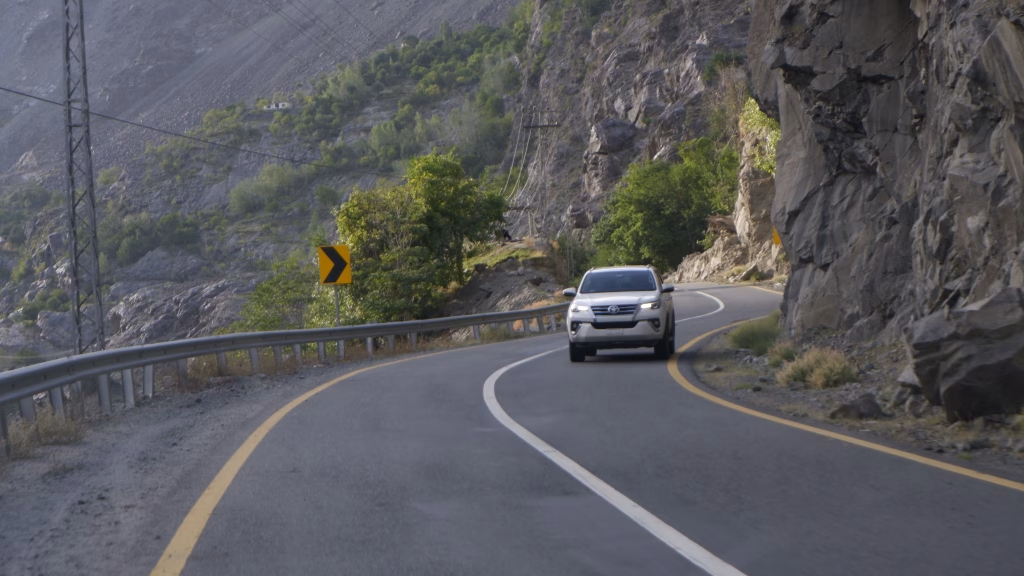
Nestled in the Karakoram mountains, Hunza Valley has long captured the imagination of travelers—but can foreigners actually visit in 2025?
With updated entry rules, permit requirements, and safety guidelines, it’s essential to know the facts before planning your trip. In this expert-backed guide, you’ll get the most current, trustworthy information to ensure your Hunza adventure is both legal and unforgettable.
Table of Contents
Quick Answer: Can Foreigners Visit Hunza in 2025?
As of 2025, foreigners can visit Hunza Valley without major restrictions, but there are a few key requirements to follow. A valid passport and Pakistani tourist visa are essential, and in most cases, no special No Objection Certificate (NOC) is needed for the main Hunza region.
However, travelers heading toward sensitive border zones—like Khunjerab Pass or certain areas near the China-Pakistan border—may be asked to show permits or travel with a registered guide. Always carry identification, and check with local authorities or your tour operator for the latest updates before traveling.
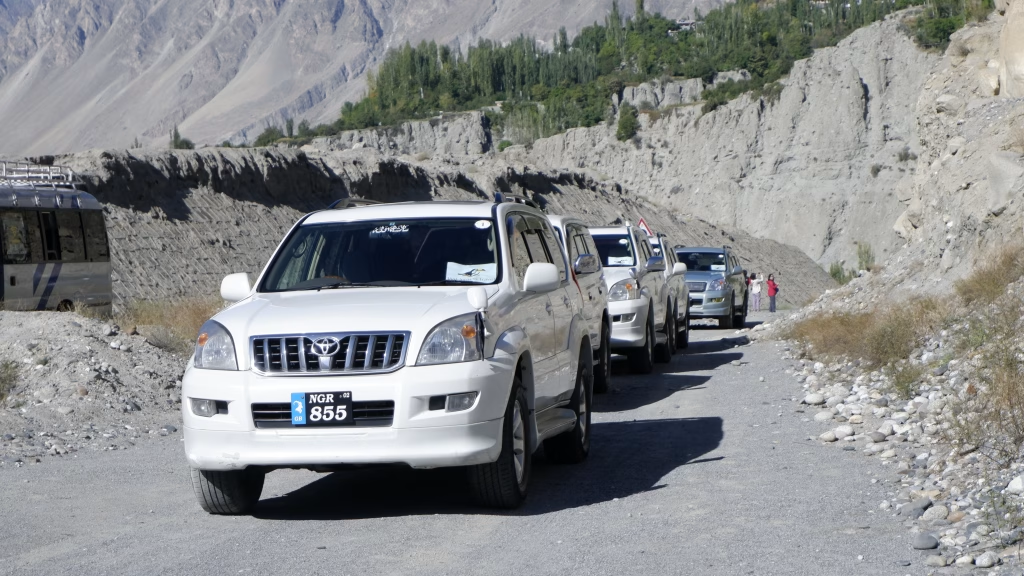
What’s Changed Since Previous Years
In past years, visiting Hunza as a foreigner could involve lengthy NOC applications and restrictions on movement due to security concerns. In 2025, these processes have been significantly simplified, reflecting improved stability in the region.
The government has also made permit applications (where required) available online, reducing wait times and paperwork. Increased tourism infrastructure—better roads, more hotels, and expanded transport options—has made Hunza more accessible than ever. Still, seasonal weather and occasional regional advisories mean it’s best to confirm details close to your travel date.
Passport and Visa Rules
Foreign travelers visiting Hunza in 2025 must have a valid passport with at least six months of validity from the date of entry into Pakistan. A Pakistani tourist visa is required for most nationalities and can be applied for through the official Pakistan Online Visa System.
The application process typically takes 7–14 days, though it can be faster for certain countries under bilateral agreements. Make sure your visa specifically covers the Gilgit-Baltistan region, as Hunza lies within this administrative area. Keep both physical and digital copies of your passport and visa handy, as security checkpoints are common on the way to Hunza.
Special Permits or NOC (If Required)
For the main Hunza Valley—including Karimabad, Attabad Lake, and Passu—no special NOC (No Objection Certificate) is needed for foreigners in 2025. However, if you plan to travel beyond Sost toward Khunjerab Pass, or explore areas close to the Afghan or Chinese borders, you may still require a special permit issued by local authorities or the Ministry of Interior.
These permits are generally arranged by licensed tour operators and can often be processed online. Regulations can change with short notice due to weather or security updates, so always verify requirements with your guide or the nearest tourism office before setting out.
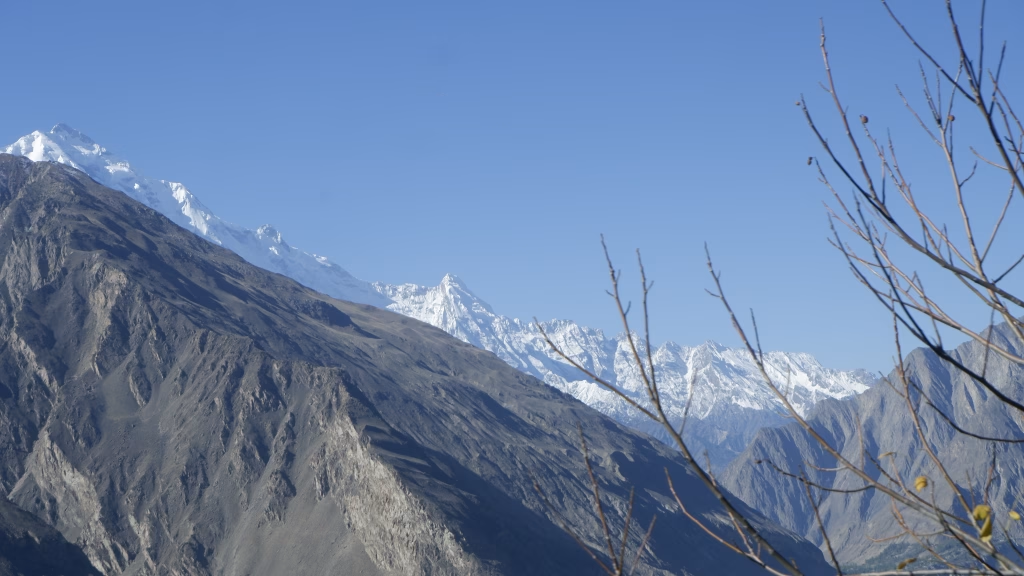
How to Apply for Permits Online or In-Person
How to Apply for Permits Online or In-Person
If your Hunza trip includes restricted border areas, here’s how to get the necessary permits in 2025:
Online Application Process
Visit the official portal – Use the Pakistan Online Visa System or the Gilgit-Baltistan tourism website.
Create an account – Register with your passport and personal details.
Select permit type – Choose “Special Area Permit” or “Gilgit-Baltistan Permit” as applicable.
Upload documents – Submit your passport copy, visa page, and recent photo.
Pay the fee – Most permits cost between USD $10–$30, payable online.
Receive confirmation – Processing typically takes 3–7 working days; download and print your permit.
In-Person Application Process
Go to a local office – The Deputy Commissioner’s office in Gilgit or Hunza can issue permits.
Bring all documents – Passport, visa, passport-sized photos, and travel itinerary.
Fill the application form – Staff will guide you through required details.
Collect the permit – In-person permits are often issued the same day.
Pro Tip: Tour operators can handle the process for you, saving time and avoiding language barriers. Always carry both physical and digital copies of your permit during your trip.
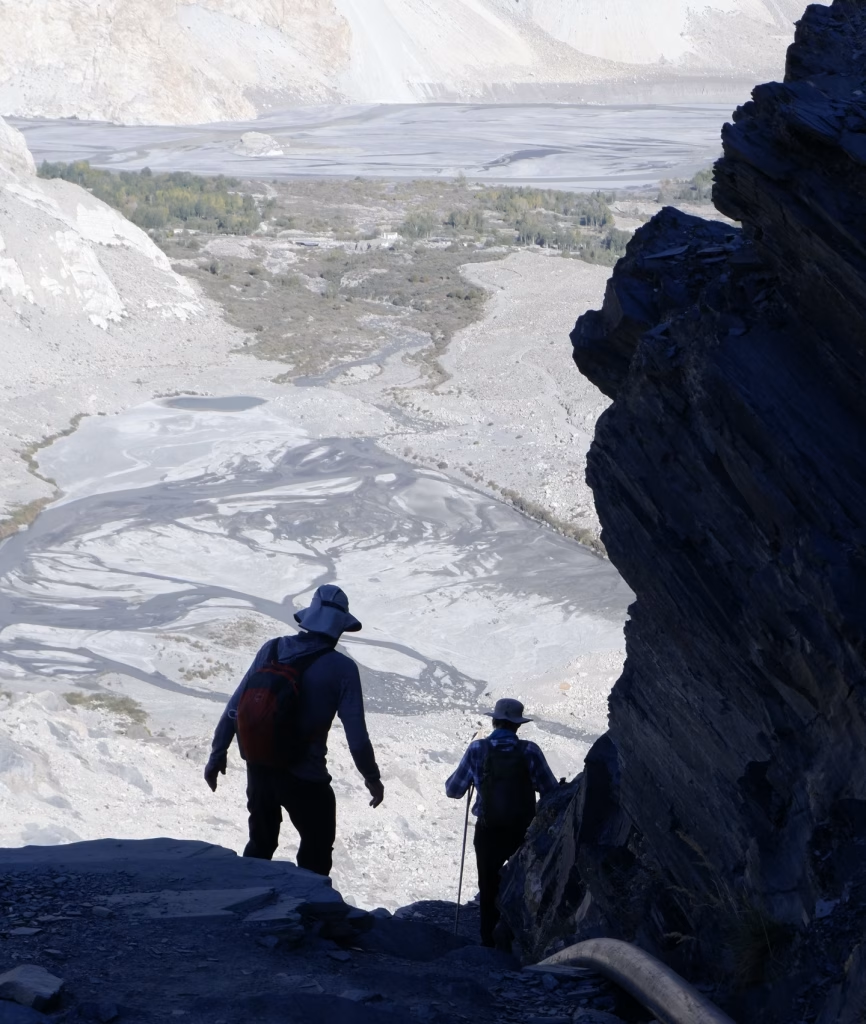
Best Ways to Reach Hunza as a Foreigner
Getting to Hunza in 2025 is easier than ever, thanks to improved infrastructure and more travel options. Foreign visitors usually start their journey from Islamabad, the capital of Pakistan, before heading north to Gilgit-Baltistan.
By Air
Islamabad to Gilgit flights are the fastest option, taking about 1 hour. Pakistan International Airlines (PIA) operates daily flights, weather permitting.
Flights offer stunning aerial views of Nanga Parbat and the Karakoram Range—sit on the left side of the plane for the best scenery.
Book early, especially in summer, as seats sell out quickly.
By Road
The legendary Karakoram Highway (KKH) connects Islamabad to Hunza via Gilgit.
The journey takes 18–20 hours by bus or private car, with overnight stops recommended.
The road has been significantly upgraded, but landslides can cause delays—travel in daylight for safety.
By Tour Package
Many operators offer Islamabad-to-Hunza tours that include transport, permits, and accommodation.
This option is hassle-free for foreigners unfamiliar with the terrain or local transport systems.
Pro Tip: Even if you fly into Gilgit, consider taking the KKH back to Islamabad for a once-in-a-lifetime road trip experience.
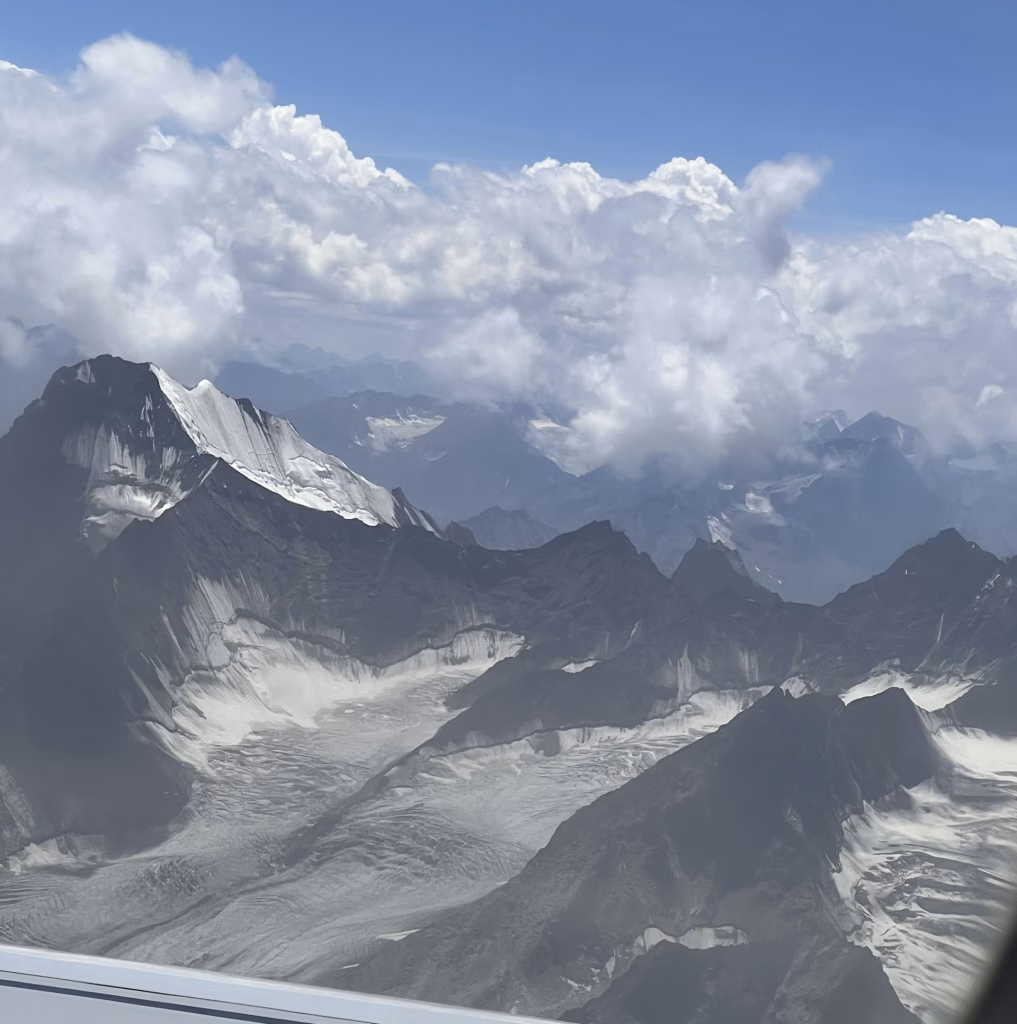
Travel Time and Costs
Travel Time
By Air: Islamabad to Gilgit flights take about 1 hour, plus a 2.5–3 hour drive from Gilgit to Hunza. This is the quickest and most comfortable option.
By Road: Driving or taking a bus along the Karakoram Highway from Islamabad to Hunza takes 18–20 hours total, often split over two days with a stop in Besham or Chilas.
Seasonal Impact: Winter weather can delay flights, while summer landslides can slow road travel—plan extra time during these periods.
Estimated Costs for Foreign Travelers (2025)
Flights: USD $60–$120 one-way (depending on season and demand)
Private Car + Driver: USD $90–$150 per day (includes fuel)
Long-Distance Bus: USD $15–$25 from Islamabad to Gilgit
Shared Van/Hiace: USD $20–$30 from Gilgit to Hunza
Tour Package (All-Inclusive): USD $400–$800 for a 5–7 day trip, covering transport, lodging, and guide services
Pro Tip: Booking flights early saves money, but keep a flexible road backup in case of weather cancellations. Tour packages may seem pricier, but they can actually be cheaper once you factor in permits, transport, and accommodation.
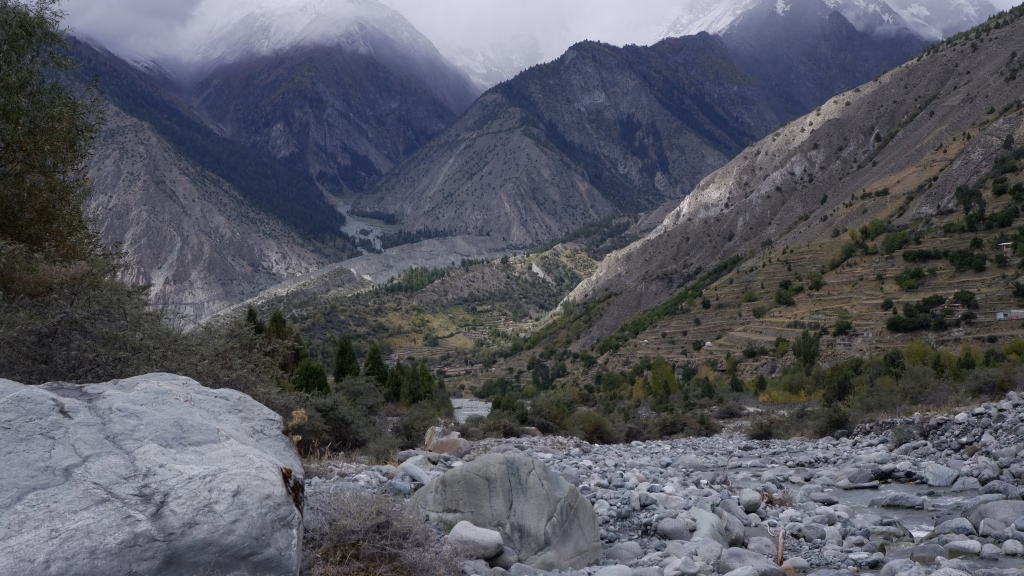
Tips for a Smooth Journey
Check Weather Before You Go – Hunza’s mountain weather can change fast. Confirm flight schedules and road conditions a day before departure.
Carry Local Currency – ATMs in Hunza are limited, and foreign cards don’t always work. Bring enough Pakistani rupees for your trip.
Keep Documents Handy – Always have your passport, visa, and (if applicable) permits easily accessible for checkpoints.
Travel in Daylight – Roads can be challenging at night, especially along the Karakoram Highway. Start early to enjoy scenic views and safer driving.
Pack for Layers – Even in summer, mornings and evenings can be chilly; in winter, temperatures drop well below freezing.
Stay Hydrated & Snack-Ready – Long drives mean fewer stops; keep bottled water and snacks with you.
Respect Local Culture – Dress modestly, especially in villages, and ask before taking photos of people.
Have a Backup Plan – Flight delays are common; be ready to switch to road travel if needed.
Pro Tip: Download offline maps before your trip—mobile coverage can be patchy in the mountains, especially between Gilgit and Hunza.
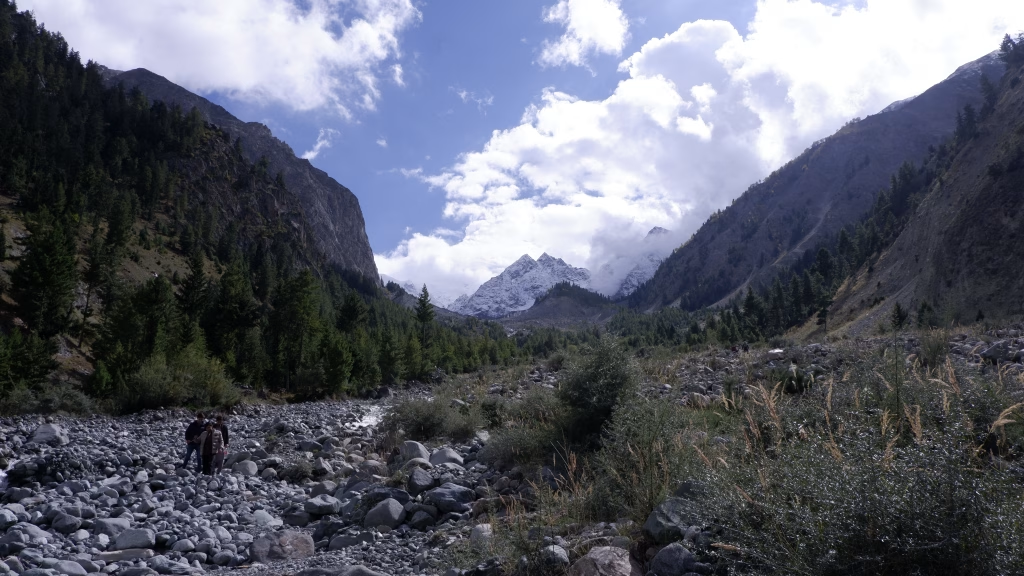
Safety and Cultural Etiquette
Safety for Foreign Travelers
Hunza is considered one of the safest destinations in Pakistan for foreign visitors in 2025. Crime rates are very low, and the local community is known for its hospitality. Most safety concerns relate to road conditions and weather disruptions, not crime. Still, it’s wise to:
Register your trip with your embassy.
Avoid traveling after dark on mountain roads.
Stay informed about local weather and travel advisories.
Cultural Etiquette Tips
Hunza’s residents are predominantly Ismaili Muslims, known for their progressive and welcoming culture. Even so, respecting local norms goes a long way in building goodwill:
Dress Modestly: Men and women should avoid overly revealing clothing, especially in rural areas.
Photography: Always ask before taking photos of people, particularly women and elders.
Greetings: A polite “As-salamu alaykum” is a warm and respectful way to greet locals.
Public Conduct: Public displays of affection are uncommon; keep interactions polite in public spaces.
Hospitality: If offered tea or food, accept at least a small portion—it’s a sign of respect.
Pro Tip: Learning a few phrases in Burushaski or Wakhi, the local languages, will earn you instant smiles and deeper connections with the community.
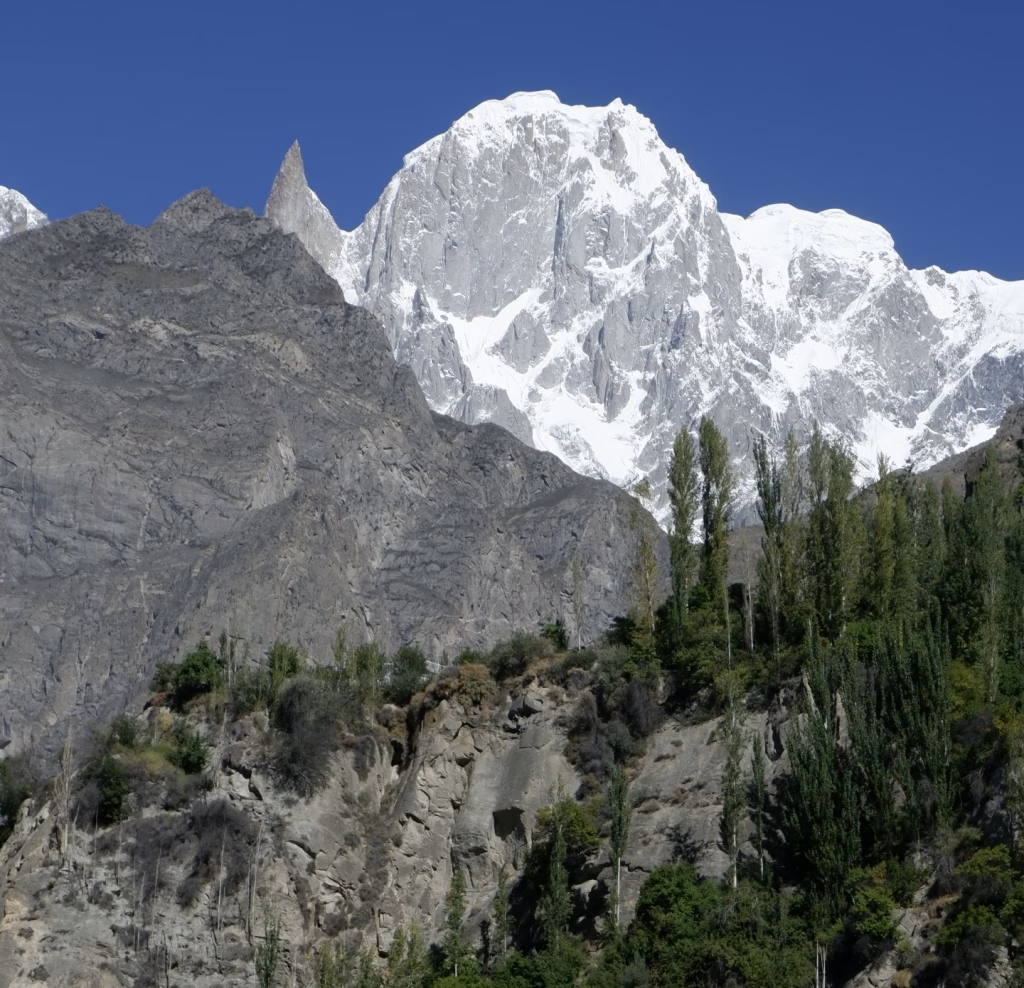
When to Visit Hunza
Hunza Valley is beautiful year-round, but the best time for foreign visitors depends on what you want to experience.
Spring (April–May)
Cherry and apricot blossoms blanket the valley in pink and white.
Mild weather, fewer crowds, and lower accommodation rates.
Perfect for photography and gentle hikes.
Summer (June–August)
Warm days and cool nights, with temperatures between 15°C–27°C (59°F–80°F).
Ideal for trekking, boating on Attabad Lake, and road trips along the Karakoram Highway.
Peak tourist season—book flights and hotels early.
Autumn (September–October)
The valley glows with golden and red foliage.
Clear skies offer stunning mountain views.
Moderate tourist numbers and comfortable temperatures.
Winter (November–March)
Snow-covered peaks and quiet villages create a serene atmosphere.
Best for those seeking solitude or winter sports.
Cold temperatures (often below freezing) and occasional road closures—plan accordingly.
Pro Tip: For most travelers, late April to mid-October offers the best balance of accessibility, weather, and scenery.
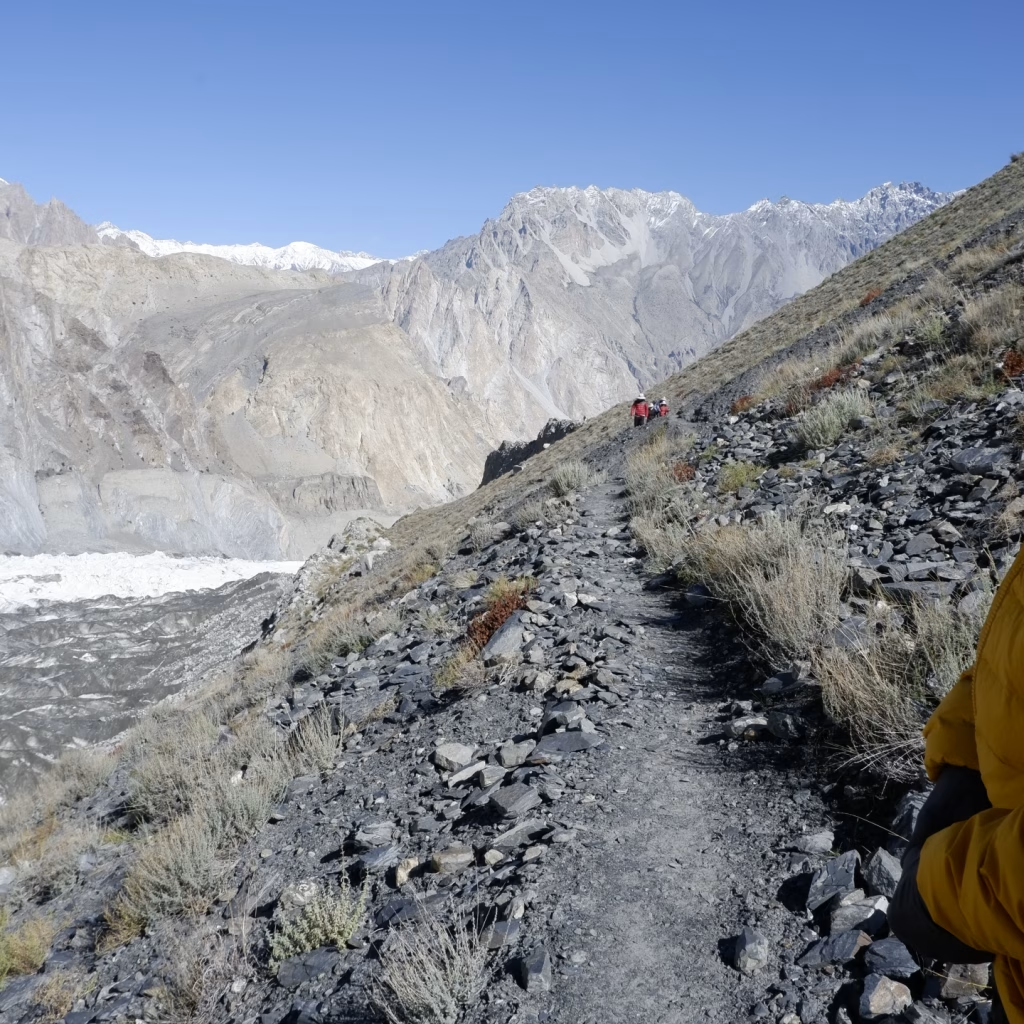
Must-See Attractions in Hunza
Hunza is packed with natural wonders, historic landmarks, and charming villages. Here are the top spots every foreign traveler should add to their itinerary in 2025:
Baltit Fort
A 700-year-old fort perched above Karimabad, offering panoramic views of the valley.
Restored with UNESCO support, it’s a glimpse into Hunza’s royal past.
Altit Fort
Even older than Baltit Fort, with a stunning setting above the Hunza River.
Known for its cultural center and beautifully restored gardens.
Attabad Lake
A turquoise lake formed by a landslide in 2010, now one of Hunza’s most photographed spots.
Ideal for boating, kayaking, and lakeside picnics.
Passu Cones
Dramatic, jagged peaks that dominate the skyline near the village of Passu.
Perfect for photography and short scenic hikes.
Hopper Valley
Famous for its glaciers, lush fields, and views of Ultar Sar and Ladyfinger Peak.
A quieter alternative to the busier tourist areas.
Khunjerab Pass
At 4,693 meters (15,397 feet), it’s the highest paved border crossing in the world.
Requires a special permit for foreigners, but offers unmatched mountain scenery.
Eagle’s Nest Viewpoint
A short drive from Karimabad with one of the most iconic sunrise and sunset views in Pakistan.
Pro Tip: Group attractions by proximity—Baltit Fort, Altit Fort, and Eagle’s Nest can easily be explored in one day.
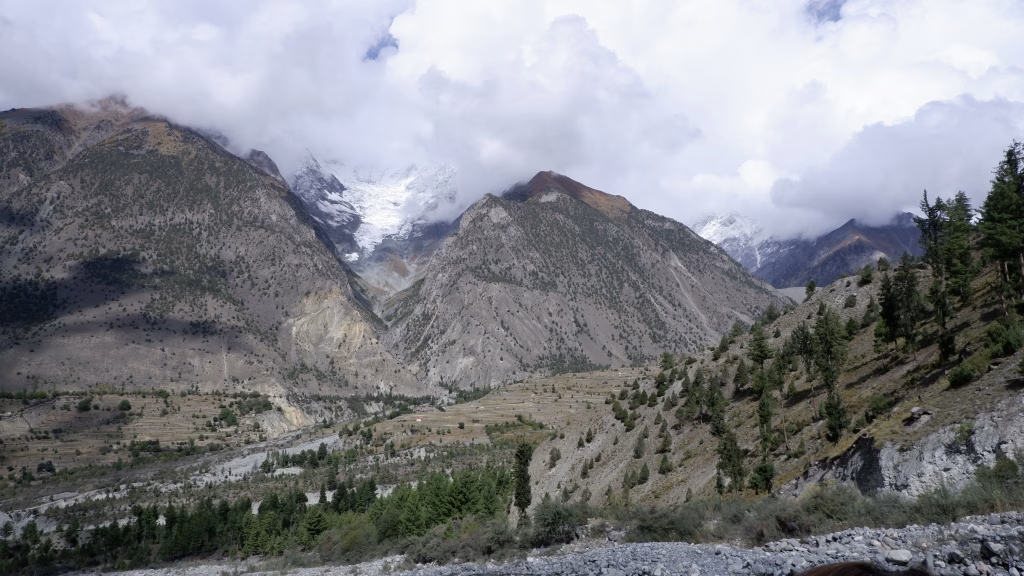
Ready to explore Pakistan? Start planning your trip now and make the most of the country’s improved transportation network!
Join expertly curated tours that showcase the very best of this captivating destination. If you’d like more travel tips, we’re here to help you plan every detail of your adventure. You can also customize your journey by filling out our quick form and creating an itinerary tailored just for you.
Frequently Asked Questions (FAQ)
1. Do foreigners need an NOC for Hunza in 2025?
No, an NOC is not required for most areas in Hunza Valley. However, permits may still be needed for travel near the borders, such as Khunjerab Pass or other restricted zones.
2. Is Hunza safe for solo travelers?
Yes, Hunza is widely considered one of the safest regions in Pakistan, even for solo travelers. Just follow standard precautions like avoiding late-night travel on mountain roads and keeping your belongings secure.
3. What is Hunza famous for?
Hunza is known for its stunning mountain scenery, historic forts, apricot and cherry blossoms, turquoise Attabad Lake, and the warm hospitality of its people.
4. How many days are enough for Hunza?
A 5–7 day trip is ideal, allowing time to explore Karimabad, Attabad Lake, Passu Cones, Hopper Valley, and a day trip to Khunjerab Pass.
5. Can you visit Hunza in winter?
Yes, but expect freezing temperatures and occasional road closures. Winter offers breathtaking snow-covered views and fewer tourists, perfect for those seeking peace and solitude.
6. How to get to Hunza from Islamabad?
You can fly to Gilgit (1 hour) and drive 2.5–3 hours to Hunza, or take the Karakoram Highway by bus or car (18–20 hours total).
7. Are there vegetarian or vegan options in Hunza?
Yes, many guesthouses and restaurants offer vegetarian meals. Vegan options are more limited, but can be arranged if requested in advance.




